16 December 2024
Have you ever thought about ditching that oversized house with rooms you barely use and downsizing into a cozy little haven? Maybe you’ve seen those tiny homes on Instagram or YouTube and wondered if you could actually live in one. Well, here’s some good news: living in a tiny home isn’t just trendy—it’s also an eco-friendly lifestyle choice. Yep, these pint-sized dwellings are not just cute and quirky; they’re also great for the planet.
Let’s dive into the eco-friendly benefits of living in a tiny home and see why less really can mean more—for both your life and the environment.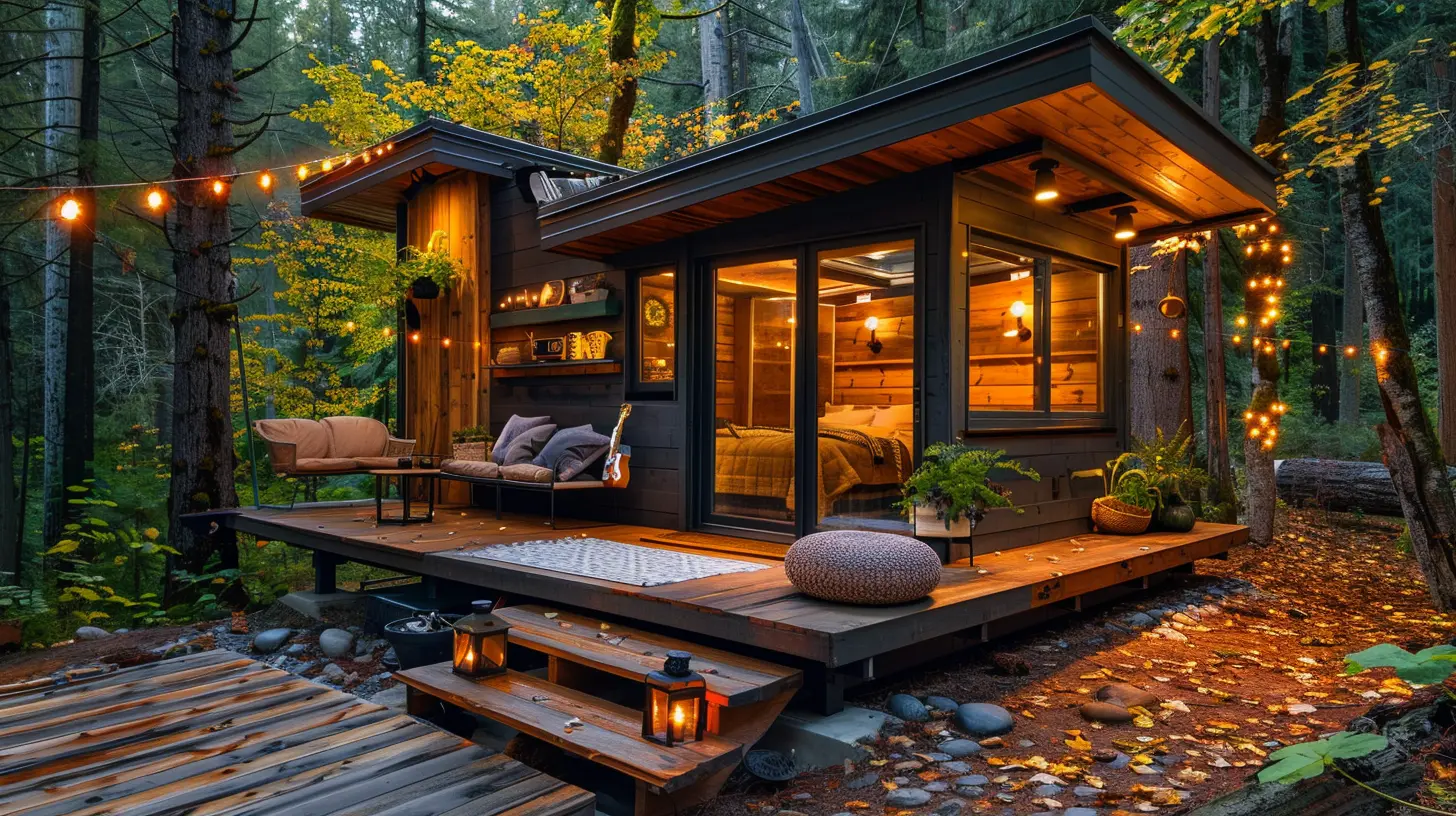
1. Smaller Space, Smaller Carbon Footprint
First things first: when you live in a tiny home, you’re automatically minimizing your carbon footprint. Think about it—less space means fewer materials to build, less energy to heat or cool, and fewer resources required overall. It's like switching from a gas-guzzling SUV to a sleek, energy-efficient electric car. Not only does it save the environment, but it saves you money along the way.Traditional homes consume massive amounts of energy and resources—both during construction and day-to-day living. Tiny homes, however, require far fewer building materials to construct. Many tiny homeowners even opt for repurposed or sustainably sourced materials, which makes the impact even smaller.
The Numbers Don’t Lie
- A typical American home is about 2,500 square feet, while a tiny home averages 100–400 square feet. That’s a huge difference.- Studies show that by downsizing to a tiny home, you could reduce your energy consumption by up to 45%. Now that’s impressive, right?
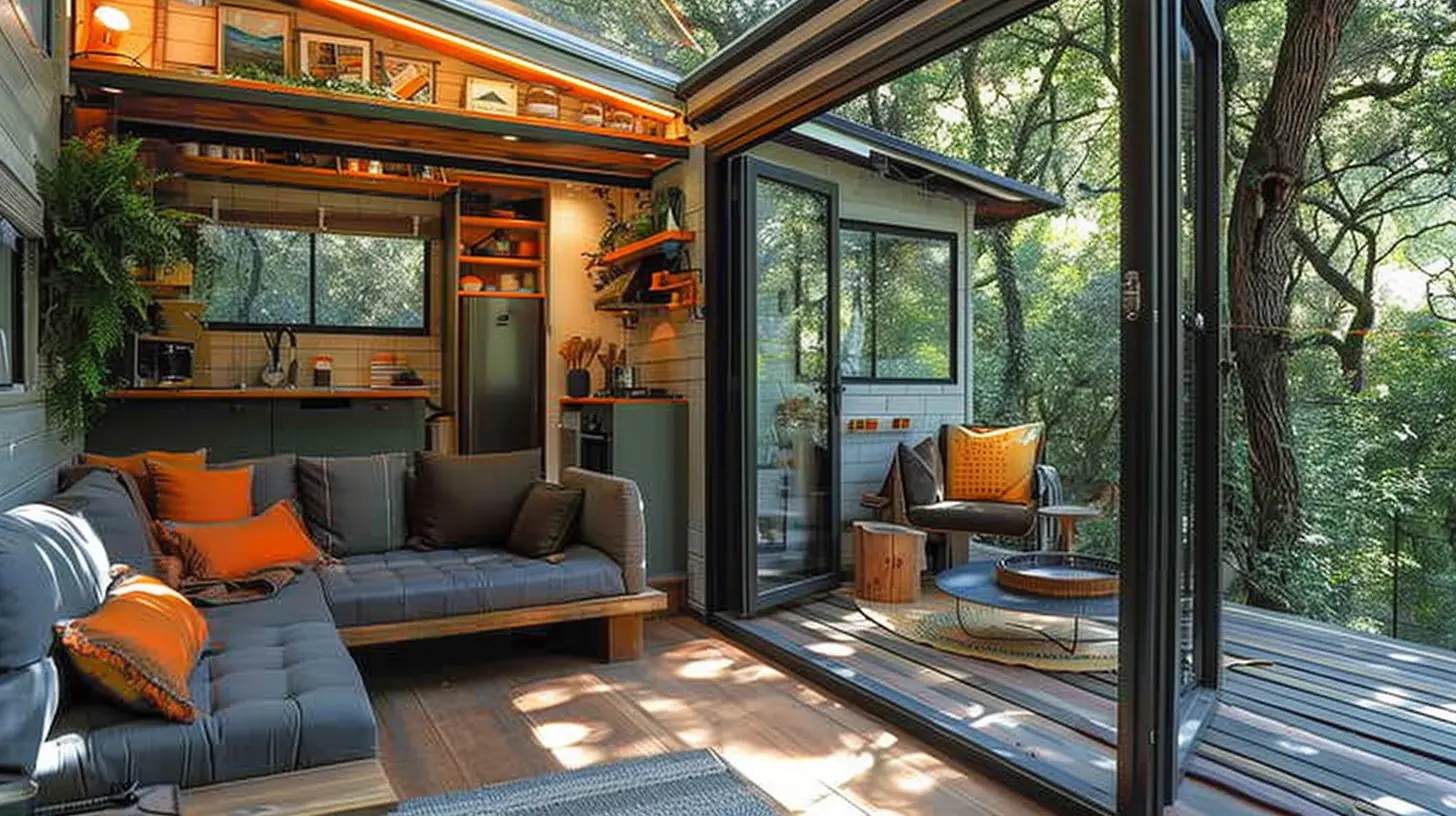
2. Energy Efficiency Like You’ve Never Seen Before
Let’s be real: those energy bills can be brutal when you’re heating or cooling a massive home. With tiny homes? Not so much. Because the space is smaller, you’ll naturally use less energy to maintain a comfortable temperature. It’s like filling up a kiddie pool versus an Olympic-sized swimming pool—it takes way less time, effort, and resources.Many tiny homeowners go a step further by incorporating renewable energy sources like solar panels. You’d be surprised how little energy it takes to power a 300-square-foot home! And because the home is smaller, it’s easier to maintain proper insulation, so you’re not wasting energy during extreme weather.
Pro Tip: Go Off-Grid
Some tiny homes are designed to be fully off-grid, meaning you generate your own power, collect rainwater, and use composting toilets. It’s like camping, but way more stylish and sustainable.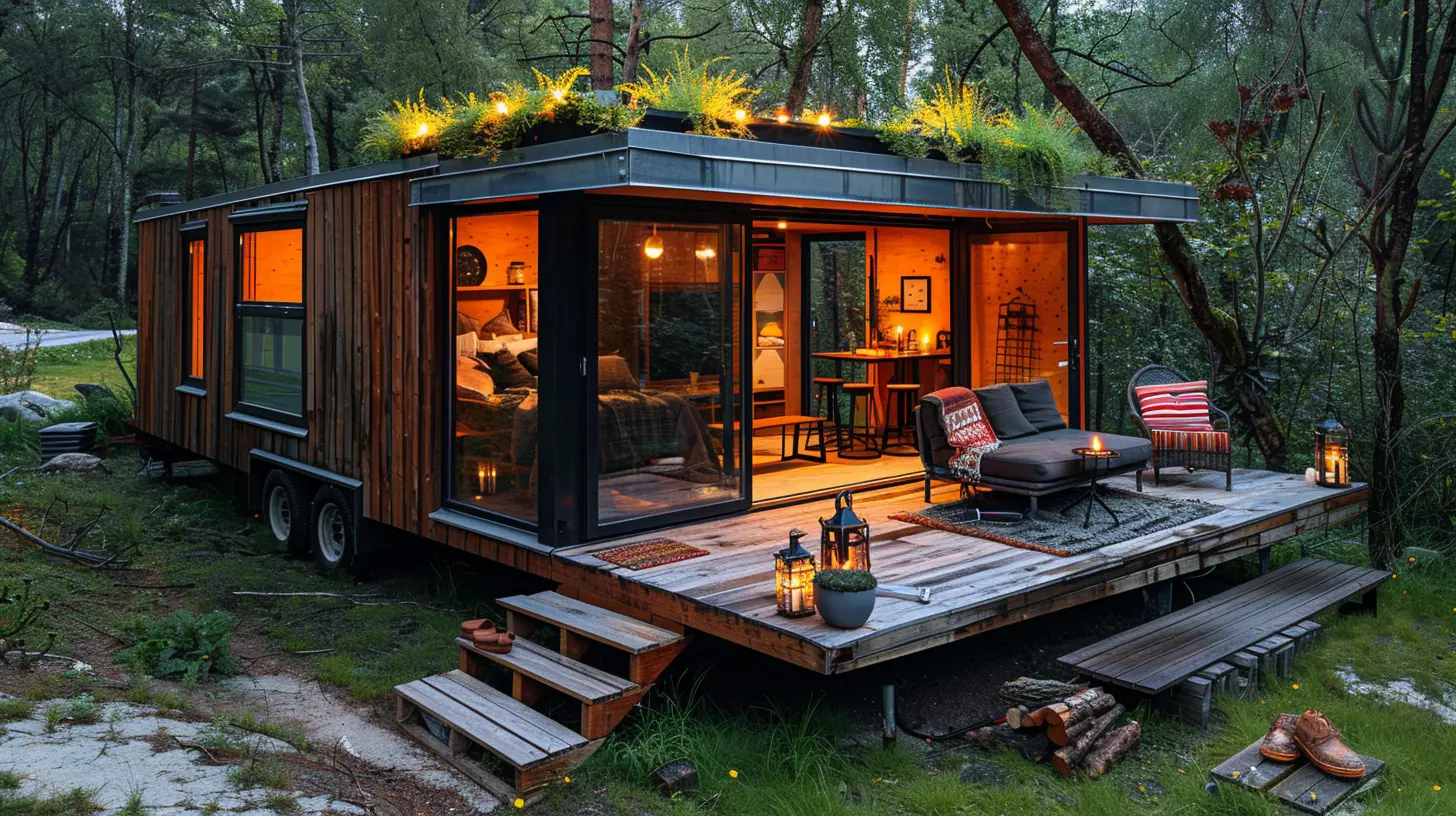
3. Less Space = Less Waste
Here’s a little secret about tiny homes: when you don’t have much room, you’re forced to rethink your relationship with "stuff." No more stocking up on unnecessary gadgets that collect dust or hoarding clothes you’ll never wear. Living in a tiny home encourages a minimalist lifestyle, which naturally leads to less waste.Think of it this way—every square foot of space is precious, so you’re more intentional about what you bring into your home. Plus, less clutter means less stress. Who doesn’t want that?
Bonus Benefit: Eco-Friendly Cleaning
Let’s not forget about chores. Tiny homes are a breeze to clean! With fewer surfaces to scrub and clean, you’ll save water, detergents, and time. It’s like Marie Kondo meets Mother Earth—what’s not to love?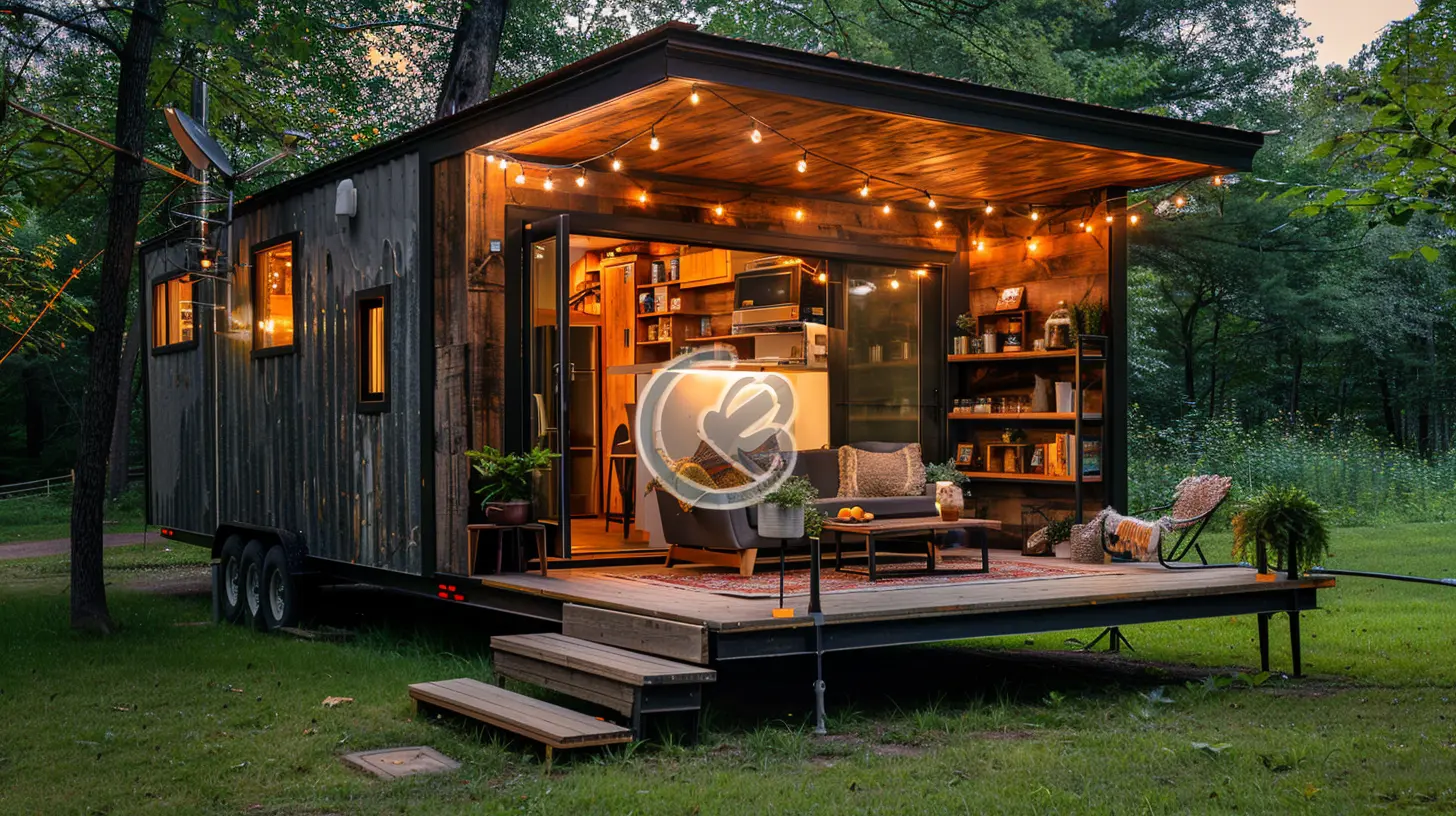
4. Water Conservation Made Easy
Speaking of water, tiny homes are champions of conservation. Many are equipped with eco-friendly plumbing systems like composting toilets and low-flow fixtures. Some even collect and filter rainwater for use. It’s like having your very own mini water cycle in your backyard!Since you’re dealing with a smaller space, you’re also less likely to waste water. For instance, shorter showers are practically a must when you only have a limited water supply. In the grand scheme of things, these small changes can add up to significant environmental benefits.
5. Encourages Sustainable Living Practices
Living in a tiny home naturally nudges you toward adopting a more eco-conscious lifestyle. It’s like the universe subtly reminding you to be kind to the planet. You might start growing your own food in a backyard garden, composting your kitchen scraps, or reducing your reliance on single-use plastics. Why? Because in a tiny home, self-sustainability just makes sense.And let’s not forget community involvement. Many tiny home dwellers join eco-villages or tiny home communities, which often embrace sustainable and communal living practices. It’s like living in a neighborhood full of eco-warriors.
6. Affordability Meets Sustainability
Sure, the eco-friendly perks are fantastic, but let’s talk money for a second. Tiny homes are way more affordable than traditional houses, both in initial cost and long-term maintenance. This affordability gives you financial freedom to invest in quality, sustainable materials, renewable energy systems, or even your dream veggie garden.By choosing a tiny home, you’re not just saving cash—you’re also aligning your spending with your values. How cool is that?
7. Less Travel, More Time Outdoors
When you’re not tied down to a massive house and the upkeep it demands, you’ll find you have more time to enjoy life. Many tiny homeowners take advantage of their smaller footprint by spending more time outdoors—hiking, gardening, or simply soaking up the sun. After all, when your home is smaller, the great outdoors starts to feel like an extension of your living room.Mobile Homes, Mobile Life
Bonus points if you go for a tiny home on wheels! Being able to move your home opens up opportunities to explore new places while still keeping your living space lean and green. It’s like being a modern-day nomad, but with all the comforts of home.8. Promotes Mental Clarity and Well-Being
Okay, this might not be a directly "eco-friendly" benefit, but it’s definitely worth mentioning. Living in a tiny home has a way of simplifying your life. Fewer belongings, less clutter, and lower bills often lead to reduced stress and a greater sense of mental clarity.And guess what? When your mind is clear, you’re more likely to make conscious choices that align with your environmental values. It’s a win-win for you and the planet.
9. Great for Urban and Rural Settings
Whether you’re a city slicker or a nature lover, tiny homes can fit seamlessly into your lifestyle while still being eco-friendly. In urban areas, tiny homes reduce the pressure on overcrowded housing markets. In rural areas, they can blend right into the landscape without disrupting the local ecosystem. Talk about versatility!10. The Ripple Effect of Tiny Living
Here’s the thing: when you choose to live in a tiny home, you’re sending a powerful message to the world. You’re showing that you care about sustainability, that you value experiences over possessions, and that it’s possible to thrive with less. This mindset can inspire others to rethink their own choices, creating a ripple effect that benefits the planet.Final Thoughts: Why Tiny Homes Are Big on Eco-Friendly Benefits
Living in a tiny home is about so much more than just saving space—it’s about creating a lifestyle that’s kinder to the environment and more fulfilling for you. From reducing your carbon footprint to encouraging sustainable practices, tiny homes are proof that small changes can have a big impact.So, are you ready to embrace the tiny home movement and start living large in a small space? Your wallet, your planet, and your peace of mind will thank you.

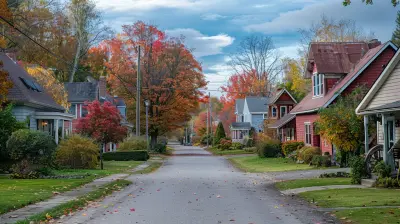
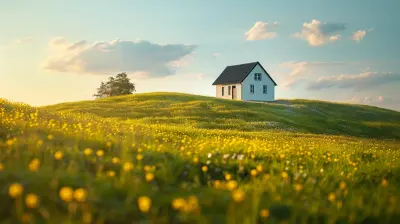
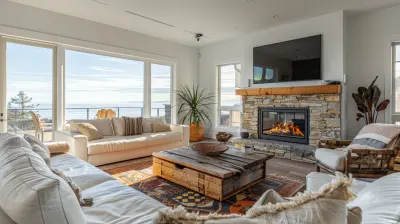
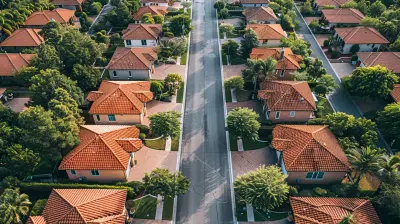
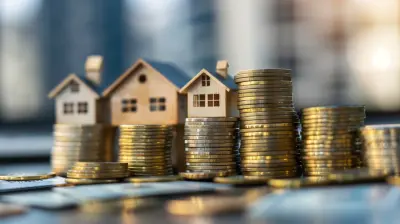


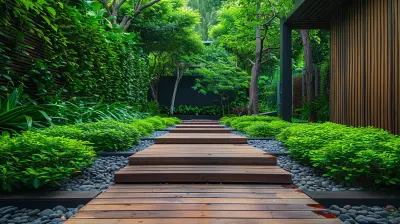
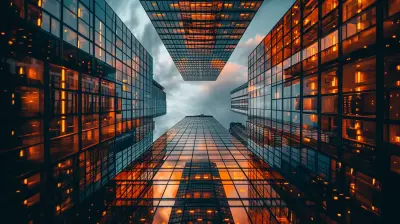
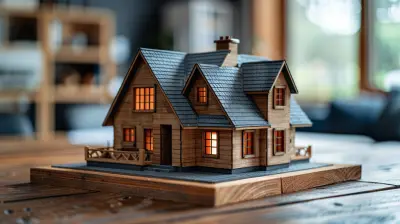
Kara Lozano
Great article! Embracing tiny homes is a fantastic way to promote sustainability while enjoying a simpler lifestyle. The eco-friendly benefits are impressive, from reduced energy consumption to minimal waste. It's inspiring to see how living minimally can lead to a more fulfilling and environmentally conscious life. Keep sharing these valuable insights!
March 28, 2025 at 7:17 PM